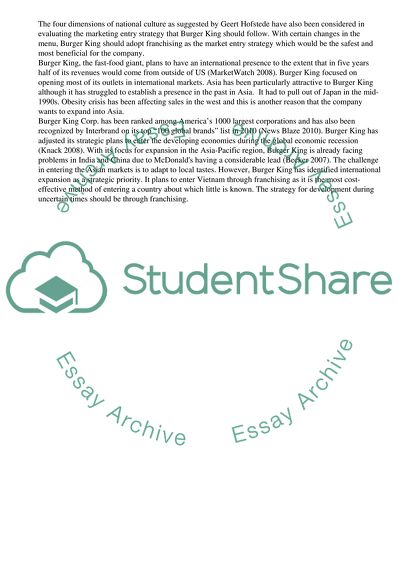Cite this document
(Burger King's Prospects for Entry into the Vietnamese Fast Food Market Research Proposal, n.d.)
Burger King's Prospects for Entry into the Vietnamese Fast Food Market Research Proposal. Retrieved from https://studentshare.org/business/1737356-group-report
Burger King's Prospects for Entry into the Vietnamese Fast Food Market Research Proposal. Retrieved from https://studentshare.org/business/1737356-group-report
(Burger King'S Prospects for Entry into the Vietnamese Fast Food Market Research Proposal)
Burger King'S Prospects for Entry into the Vietnamese Fast Food Market Research Proposal. https://studentshare.org/business/1737356-group-report.
Burger King'S Prospects for Entry into the Vietnamese Fast Food Market Research Proposal. https://studentshare.org/business/1737356-group-report.
“Burger King'S Prospects for Entry into the Vietnamese Fast Food Market Research Proposal”, n.d. https://studentshare.org/business/1737356-group-report.


